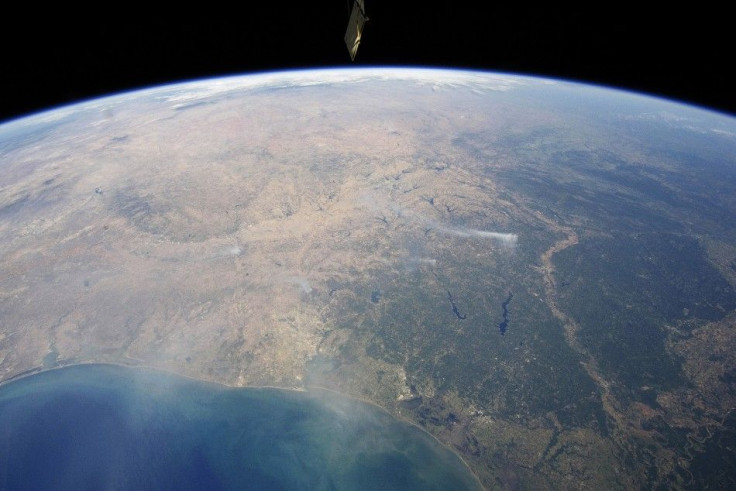50 New Alien Planets Discovered within 'Habitable Zone'

50 new alien planets, one with habitable potential, have been discovered by using the Harps telescope in Chile.
16 of these planets have been identified as super earths'- world's larger than earth that are comprised of rocks. One of these earth's orbits i within its star's habitable zone, the BBC reported.
One of the planets named HD 85512b has caught the attention of Astrophysicists for having the potential to support life.
The astrophysicists used a method of reflectivity to find out how much energy a unit receives from its star. The more star reflected the more likely the planet is of having a cloudy atmosphere which leads to a possibility that the planet may have water on its surface.
This is a very exciting planet because if it is rocky, it will be the second confirmed planet that is within the habitable zone of its star, said the study's author, Lisa Kaltenegger from the Harvard-Smithsonian Center for Astrophysics.
Also found in the study were five planets which has that has masses 5 times less than that of Earth. The planets will be targeted by Astrophysicists in the future to check for signs of life, according to a contributor of the study.
Meanwhile, NASA has reported the finding of a new invisible planet, which was discovered by the space agency's Kepler spacecraft.
According to scientists the planet named Kepler-19c, makes itself known by the way it influences other planets. The invisible planet has tugged at the Kepler-19b, slowing it down and then speeding it up in its transition.
It's like having someone play a prank on you by ringing your doorbell and running away. You know someone was there, even if you don't see them when you get outside, said astronomer Sarah Ballard of the Harvard-Smithsonian Center for Astrophysics.
Kepler locates planets by looking for a star that dims slightly as a planet transits the star, passing across the star's face from our point of view. Transits give one crucial piece of information - the planet's physical size. The greater the dip in light, the larger the planet relative to its star. However, the planet and star must line up exactly for us to see a transit.
© Copyright IBTimes 2024. All rights reserved.





















